Marvel in the beauty of Scandinavian design as we embark on an exploration of this timeless, minimalist style, and its profound influence on living room aesthetics. Purity of form, functional elegance, and the harmonious embrace of the natural world make Scandinavian design more than just a design aesthetic; it’s a way of living. This essay delves deep into the fundamentals of the Nordic styles, guiding you on how you can incorporate these meaningful and cosy elements into your own living room. Whether you’re considering a total makeover or simply want to inject a touch of Scandinavian charm into your space, you’ll discover indispensable insights on color palettes, furniture selection, layout, and more.
Essentials of Scandinavian Design in the Living Room
Essentials of Scandinavian Design in the Living Room
Scandinavian design in the living room focuses on a blend of textures, contrasts, and soft hues to create a sleek, modern feel. This design style emerged from the Nordic countries in the mid-20th century and is characterized by its simplicity, minimalism, and functionality.
Core Principles of Scandinavian Design
At the heart of Scandinavian design are the principles of simplicity, functionality, and the use of natural materials. Functionalism is pivotal, with each piece of furniture serving a purpose and contributing to the overall harmony of the room. Simplicity is visible in the clean lines and absence of clutter, emphasizing the philosophy that less is more. Natural materials such as wood, leather, wool, and linen are commonly used, reflecting the Nordic countries’ deep connection to nature.
Color Schemes in Scandinavian Living Room Design
The typical color schemes found in Scandinavian living rooms are grounded in neutral tones. The most common colors include whites, grays, blacks, and browns. Monochromatic shades of these colors are often used together to create a visually calming atmosphere. Accents of bright colors such as yellows, reds, or blues can be added sparingly, serving to break the neutrality and add visual interest.
Furniture Styles in Scandinavian Design
The furniture in a Scandinavian style living room often exudes a sense of airiness and is aimed at creating a feel of brightness and spaciousness. The furnishings are usually modern and minimalist, with clean lines and simple designs. Sofa and chairs often have wooden frames with cushions covered in natural fabrics. Coffee tables, bookshelves, and media consoles are sleek and functional, often made of light woods such as birch, ash, or pine.
Layout Choices in Scandinavian Design
Scandinavian style places great emphasis on natural light. For living rooms, this entails positioning furniture to take advantage of light from windows and using light-reflecting elements such as mirrors strategically. The layout focuses on maximizing open space to create an uncluttered, breathable environment. Furnishings are usually placed in a way that promotes easy movement and conversation, reflecting the Nordic appreciation for comfortable, social living spaces.
Influence of Nature in Scandinavian Design
Nature is a significant influence in Scandinavian design. This is evident in the preference for natural materials, the inclusion of indoor plants, and the use of natural light. Green plants can often be found adorning corners, windowsills, and tables in Scandinavian style living rooms. Wall art and other decor often depict nature scenes or floral motifs.
Scandinavian living room design is a universally appealing style that prioritizes serene environments which foster quality interaction and relaxation. It masterfully combines attractive simplicity, natural elements, and practical functionality, making it an evergreen design choice catered to all.
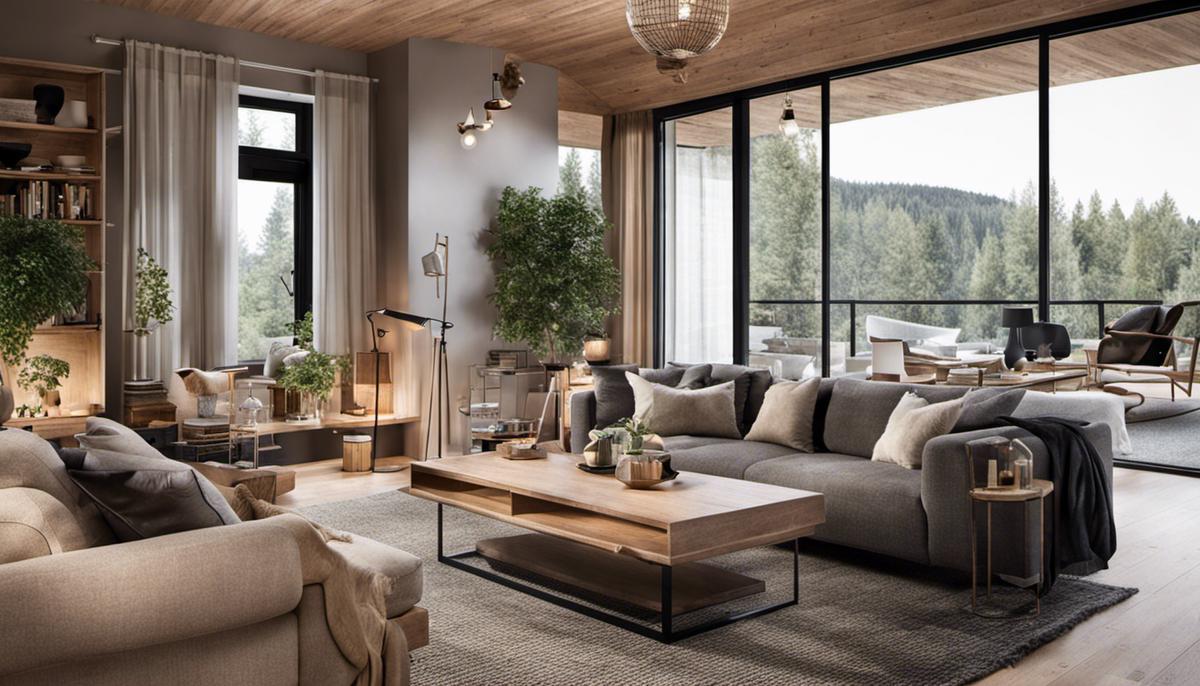
How to Incorporate Nordic Elements into Your Living Room
Navigating the Scandinavian Color Scheme
One primary aspect of seamlessly integrating Nordic aesthetics into your living space involves getting the color scheme just right. The characteristically light and airy Scandinavian interior design primarily uses whites and soft shades of grey and blue, accented occasionally with more muted colors like dusty pink or moss green. This strategic use of neutrals and pastels is more than just stylish ‒ it also serves to capitalize on natural light, something incredibly valuable in Scandinavian lands where daylight can be scarce throughout various seasons.
Utilizing Natural Light
Scandinavians value the use of natural light tremendously due to the region’s long, dark winters. To create the illusion of light, use sheer white curtains that allow light in instead of heavy drapes. Also consider placing mirrors strategically throughout the room to reflect sunlight. Additionally, furniture placement can play a role in maximizing light – place seating areas near windows when possible.
Texture and Materials
The materials and textures you choose should reflect those found in nature, another critical aspect of Scandinavian design. Wood, especially light-toned such as pine, oak, or ash, is a popular material used in Scandinavian furniture. It adds a sense of warmth and natural elegance to a room. Wool, cotton, linen, and natural leather are ideal choices when it comes to textiles. Fur throws or rugs add an element of coziness that is characteristic of hygge, the Danish concept of comfort.
Minimalist Furniture and Clean Lines
Scandinavian design is simple and functional. It is all about clean lines and minimalism. Choose furniture that is low and linear. Avoid clutter and ensure each piece has a function or a purpose in the room. Built-in storage solutions, like shelving units integrated into walls, are a great idea to keep the area neat and tidy.
Accessories and Decor
In terms of decor, choose understated and minimally-designed light fixtures, preferably in metal finishes like brass or copper. Opt for geometric patterns for textiles such as throw pillows or rugs for a more modern Scandinavian style. Wall art should be simple and lean towards nature scenes or abstract designs. Plants are extensively used in Scandinavian design, as they bring nature indoors. But remember that less is more. You don’t want to overload your room with accessories. Each element should harmonize with the rest of the design and add to a streamlined yet cozy feel.
Layering – A Key Design Technique
Layering textiles is a key design technique in a Scandinavian-style living room. This is achieved by mixing different fabrics and textures. A plush wool rug on a hardwood floor, a linen sofa with cotton throw pillows, and a chunky knit throw all add depth and interest to the overall decor.
When it comes to redefining your living space with a design that embodies comfort, function, and an infusion of natural beauty, a Scandinavian style could be just the solution. By integrating elements of this design approach, you can transform your living room into a space that communicates the elegance of minimalism while providing a warm and inviting atmosphere.
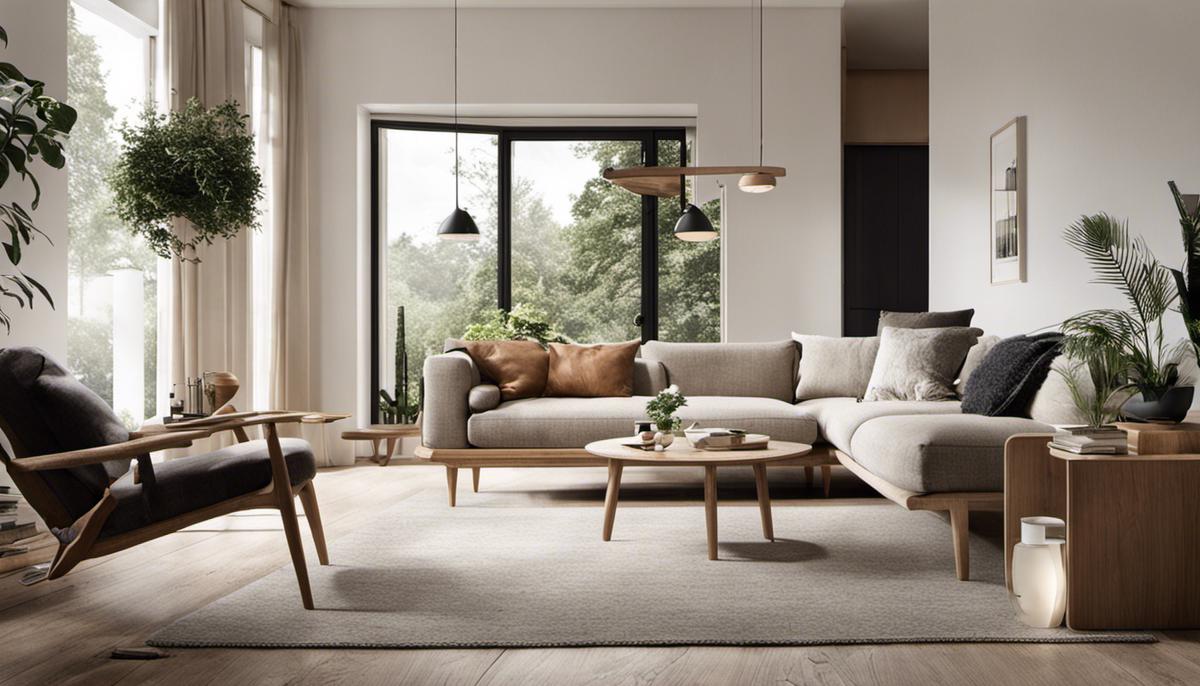
Scandinavian Living Rooms: Real-life Examples
The Essence of Scandinavian Living Rooms
Nestled deeply within the historical culture of the Nordic region, Scandinavian living rooms symbolize simplicity, functionality, and a conscious reduction in complexities. This design ethos manifests itself in the neat and clean lines, neutral color palettes, maximal utilization of natural light, generous open spaces, and limited yet high-quality furnishing, all synonymous with traditional Scandinavian living rooms.
Scandinavian Color Palette
The use of a neutral color palette is one of the hallmark features of a Scandinavian living room. The most commonly used colors are white, gray, and other cool-toned neutrals, which help to keep the space looking open and airy. Some Scandinavian living rooms might also incorporate pastels or muted colors, which add a subtle touch of personality and warmth without overpowering the design.
Quality over Quantity
Another key characteristic of a Scandinavian living room is the principle of “quality over quantity”. The furniture items are often chosen not only for their aesthetic appeal but also for their functionality and longevity. By selecting high-quality items and caring for them properly, it’s possible to create a space that is both stylish and sustainable.
Influence of Natural Elements
Scandinavian living rooms often feature organic materials, such as wood, to bring warmth, texture, and a connection with nature into the room. This could include wooden floors, furniture, or decorative pieces. Plants are often used to add a touch of natural greenery, further enhancing the connection with nature.
Accents and Accessories
Scandinavian design is not about clutter or excess, but that doesn’t mean it should be devoid of detail. Small, carefully chosen accents and accessories can add character and interest to the room. For instance, a woolen throw blanket, geometric patterned pillows, or a minimalist print can make a big difference in the overall look and feel of the space.
Importance of Lighting
Due to the long, dark Nordic winters, the effective use of light is extremely important in a Scandinavian living room. Large windows are ideal to allow as much natural light as possible. In addition, well-selected lighting fixtures not only provide necessary illumination but also contribute to the aesthetic ambiance of the room.
Real-life Examples: Avoiding Common Mistakes
One common mistake in Scandinavian living rooms is to go too minimal, resulting in a cold, sterile space. A Scandinavian living room should feel warm, welcoming, and comfortable. Incorporating elements of texture and color can keep the space from feeling too neutral or bland. Another mistake is over-accessorizing; remember the principle of “less is more”. Choose a few impactful pieces, rather than cluttering the room with too many items.
A successful real-life example of a Scandinavian living room is a space that balances the need for functionality with a sleek, minimal aesthetic. This could be as simple as a white-walled room with a gray couch, a stylish coffee table, a few carefully chosen plant pots, and a statement light fixture.
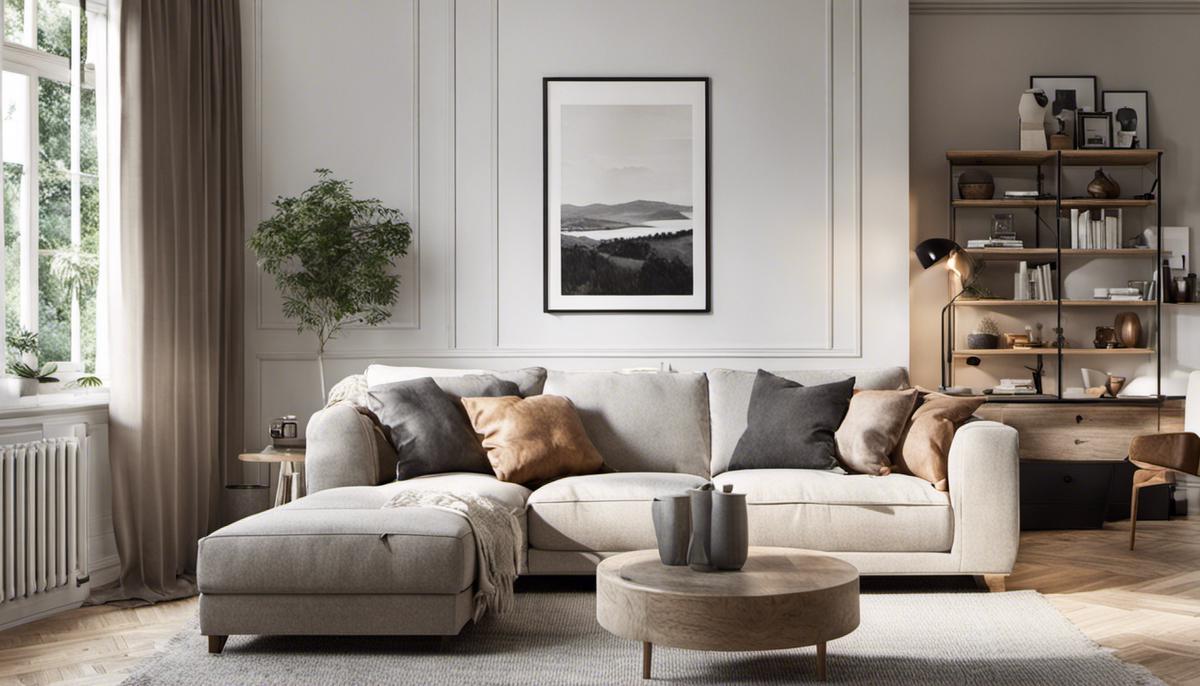
The enchanting world of Scandinavian design awaits to transform your living room into a haven of simplicity, functionality, and warmth. By intelligently incorporating natural materials, embracing a neutral color palette, and maintaining a keen eye for functionality and simplicity, you can successfully infuse your living area with that distinct Nordic charm. This journey through renowned and eclectic examples of Scandinavian living rooms has served to offer a wealth of inspiration and practical application of various design elements. Play with light, appreciate the understated elegance of minimalism, but most importantly, create a living space that encapsulates your persona while providing a warm welcome.

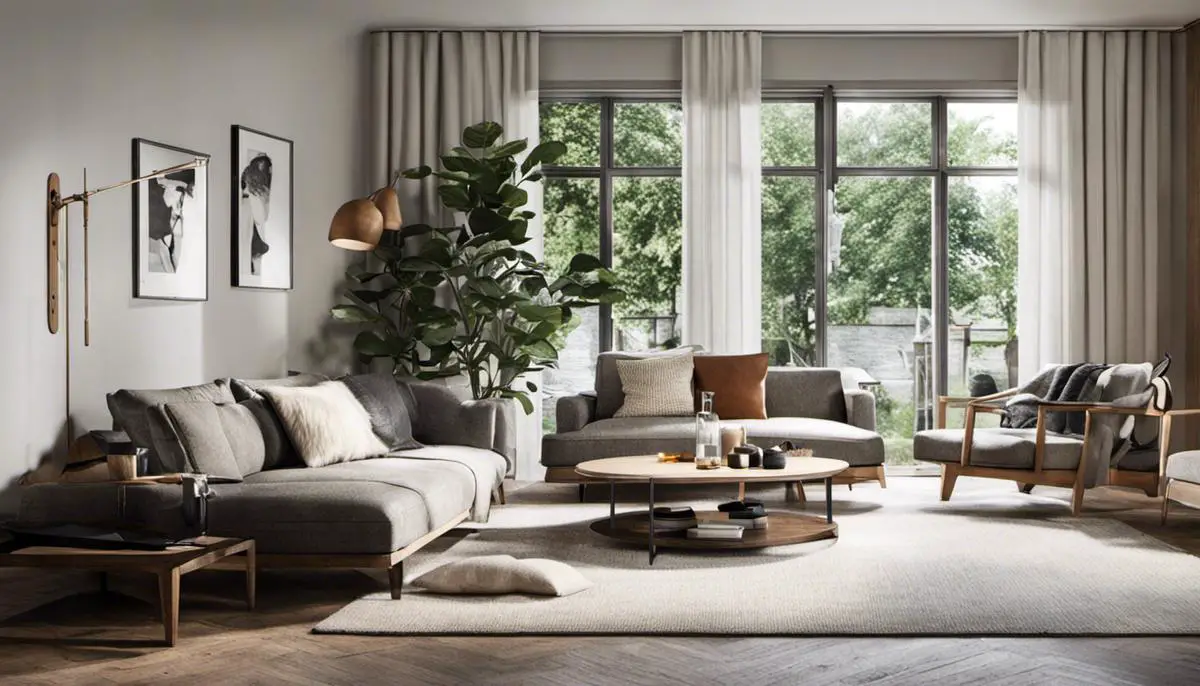
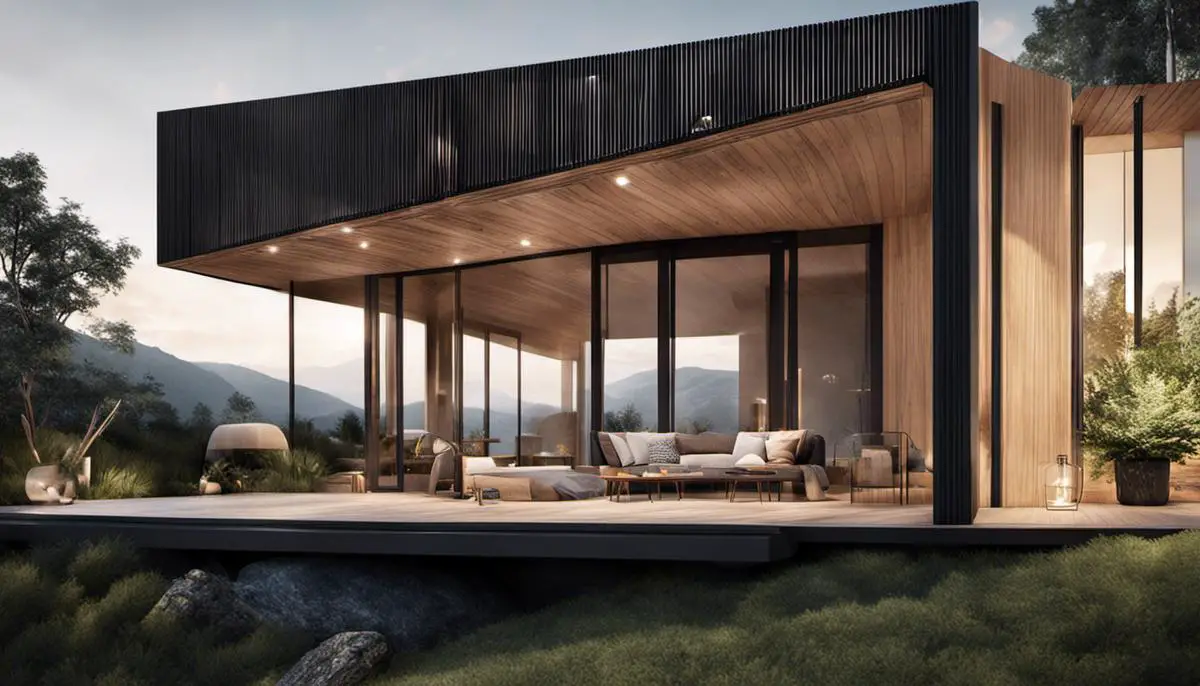
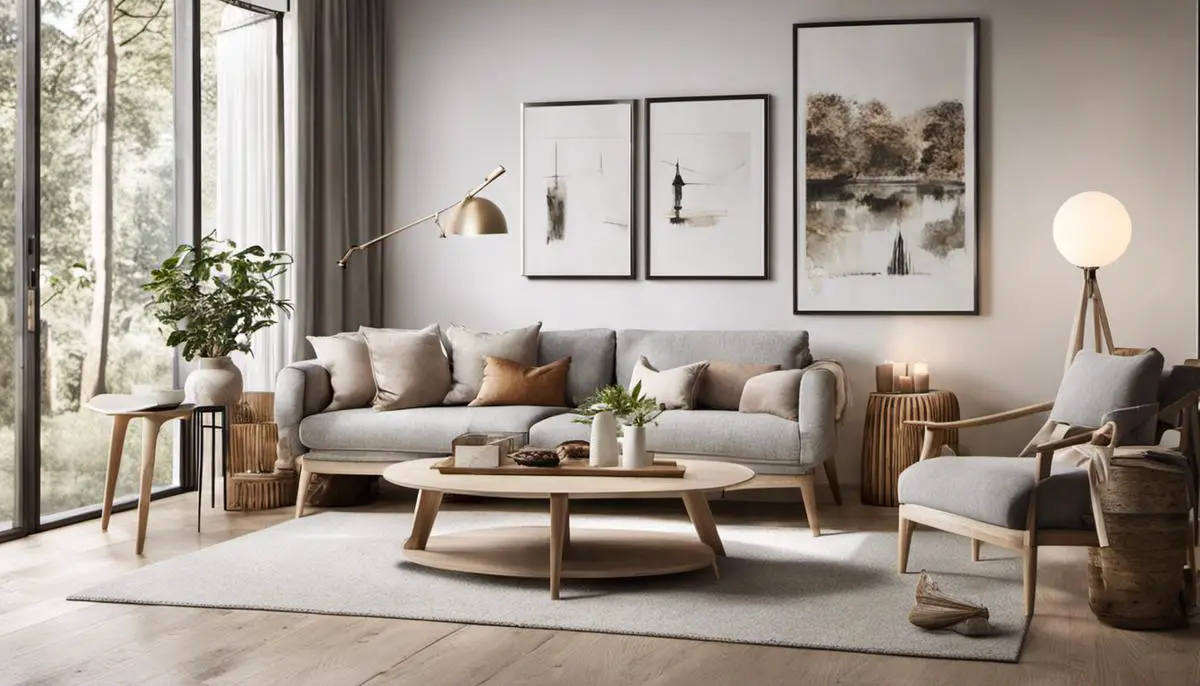
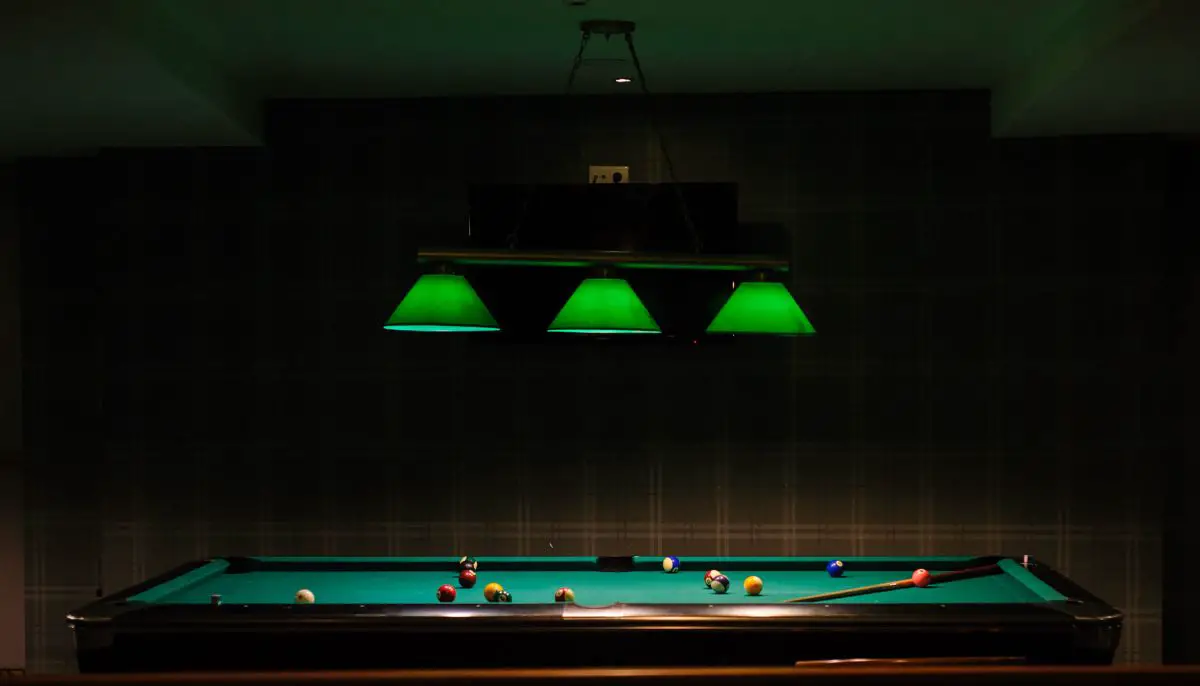
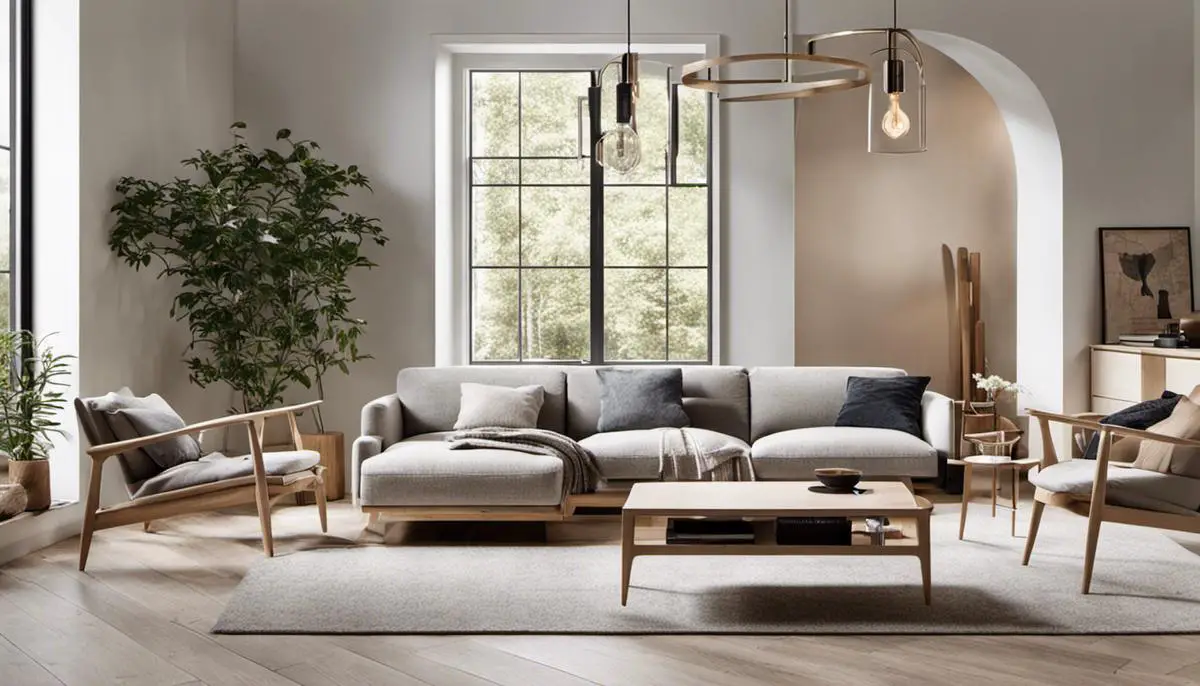
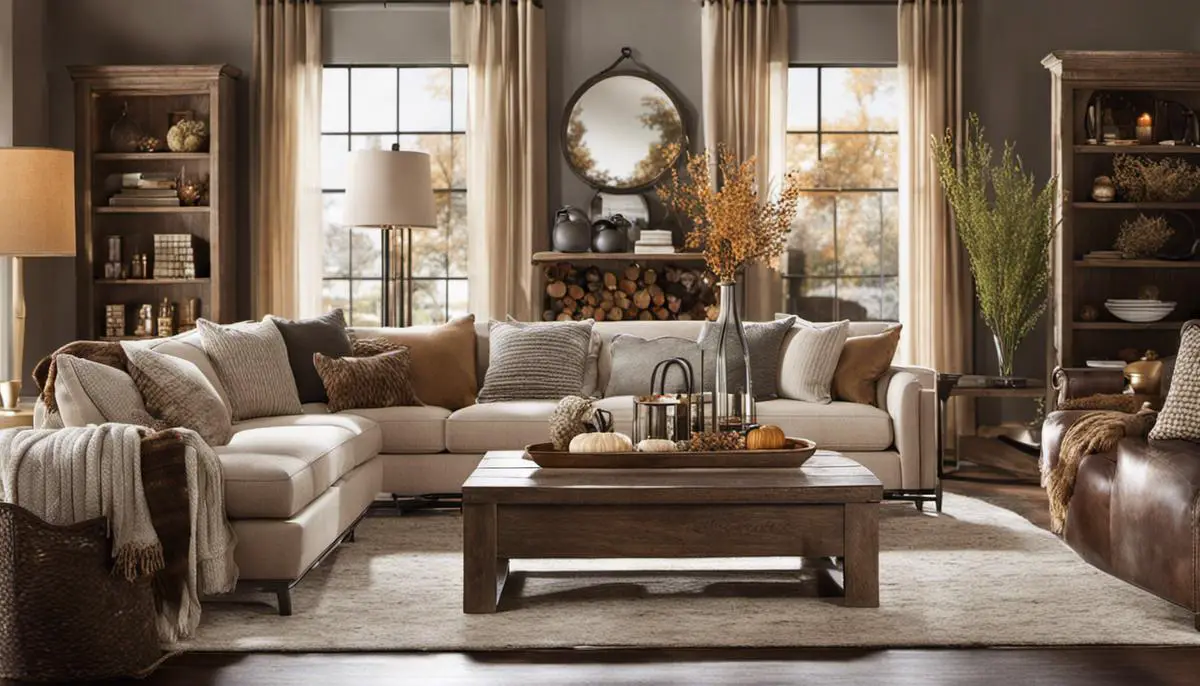
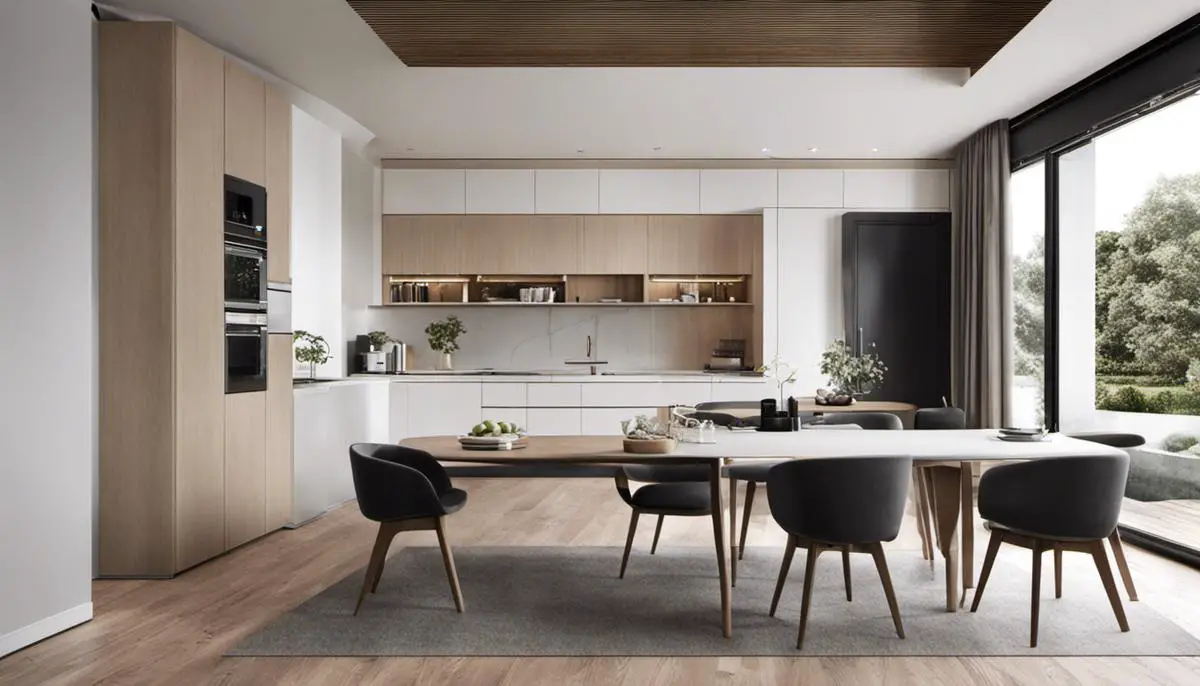

Leave a Reply